Support your local pollinators: plant a diverse landscape
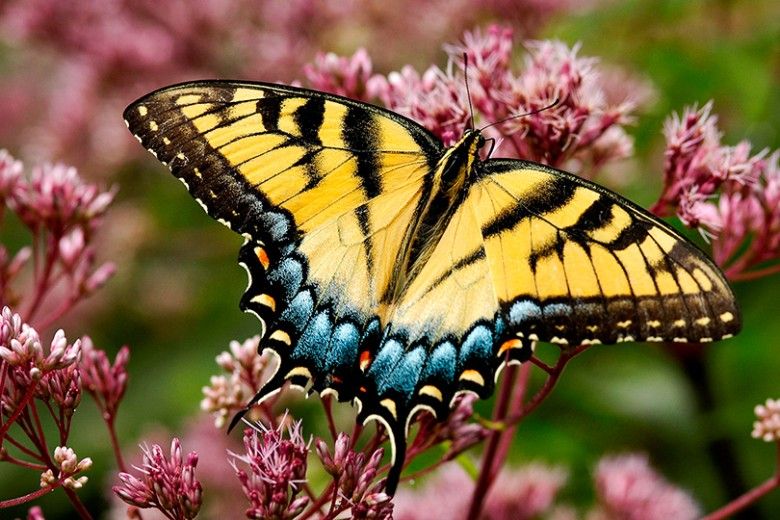
An estimated 90% of the world’s flowering plants rely on pollinators. Our food supply depends on pollinators, too: more than 75% of crop species need pollinators. Our best tool to protect these vital members of our natural community is understanding how and where these creatures live which will enable us to help them thrive.
The world needs pollinators
Without pollinators most flowering plants would cease to exist. This includes the majority of garden flowers and wildflowers, fruit and nut trees, and agricultural crops. When pollinators visit flowers to obtain nutrients (nectar) and as they move, pollen attaches and detaches from their body, which allows the plants to reproduce. During this process the pollinators transfer pollen, containing genetic material, from male to female flowers. The pollen fertilizes the female flower to create seeds. Through pollination the plant population’s next generation becomes genetically varied, so more adaptable to change (more “resilient”).
Not all flowers need pollinators. Some, for example, are wind-pollinated, such as oaks and ragweed. Some flowering plants (e.g. bulbs or rhizomes) can also reproduce by creating genetic clones of themselves.
Honeybees may be the pollinators you think of first. People domesticated honeybees so as to have a reliable source of pollinators for agricultural crops. These docile descendants of wild European bees are kept in constructed hives, often transported long distances to crop fields and orchards.
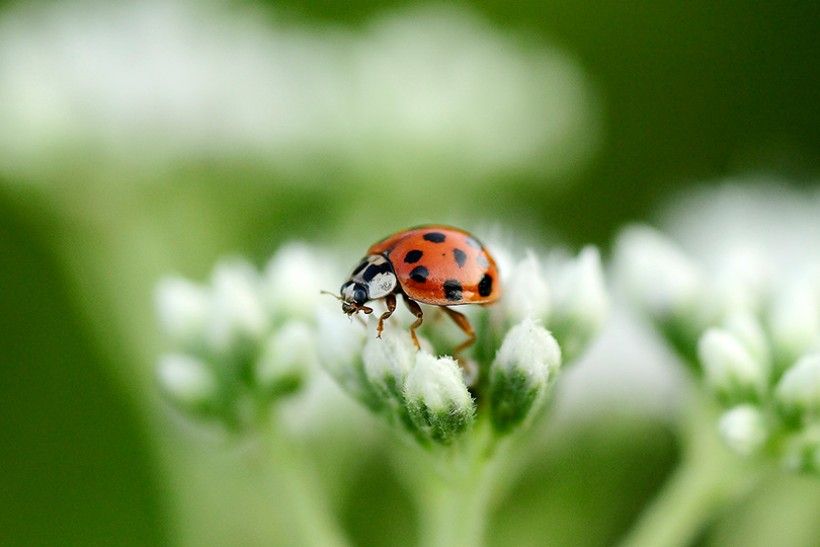
Pollinator diversity is essential
Honeybees, though, are just one pollinator species.
Plants and pollinators have evolved together over millions of years. There are approximately 350,000 species of flowering plants, and at least 350,000 known pollinator species. Pollinators include moths, butterflies, bees, wasps, ants, beetles, flies, thrips, bugs, birds, bats...and more – even 3 species of marine worms. Pennsylvania is home to over 500 different species of wild bees alone!
While there are unusual flowers that can only be pollinated by one species, and pollinators that only visit one plant, typically plants can be pollinated by multiple (up to 100 or more) different pollinator species.
At the ecosystem scale, diverse pollinator communities improve the resilience of plant communities to environmental disturbances that disproportionately affect certain species, from short-term events (e.g. drought) to long-term change (e.g. global warming).
Recent research has also demonstrated that a diverse bee population is needed to sustain current agricultural crop yields. At small scales, 5-6 bee species are needed; at regional scales, 55 species are required.
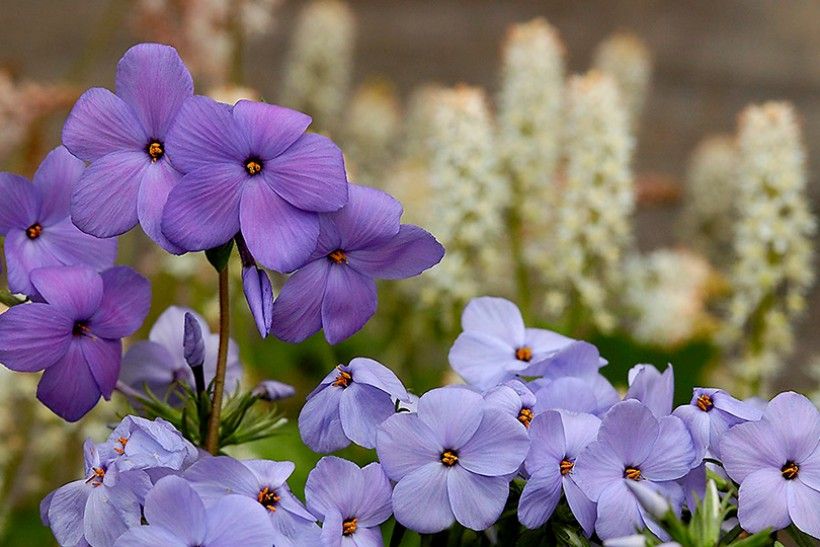
Pollinators are declining
Unfortunately, pollinators are declining globally. In 2016 a comprehensive UN report concluded that worldwide, 40% of invertebrate pollinators (butterflies, bees and their kin) face extinction. Total insect populations in Germany’s nature reserves dropped by almost 80% over the last 3 decades. The populations of monarch butterflies that overwinter in California and Mexico have dropped by three-quarters since 1984. In 2017 the once common rusty-patched bumblebee became the first native bee added to the US Endangered Species List, its population having declined by 87% in 20 years.
The major culprit is loss of plant habitat – in particular the conversion of natural land to developed land, as well as replacement of natural diverse plant communities with a single plant such as grass lawns and single-crop agricultural fields. Other significant factors are climate change, disease and insecticides.
Pollinators need our help
A federal Pollinator Task Force to address pollinator population declines was established by President Barack Obama in 2015. Under this initiative, Pennsylvania and Delaware have created Pollinator Protection Plans to identify solutions that can be implemented by homeowners, farmers, beekeepers and others.
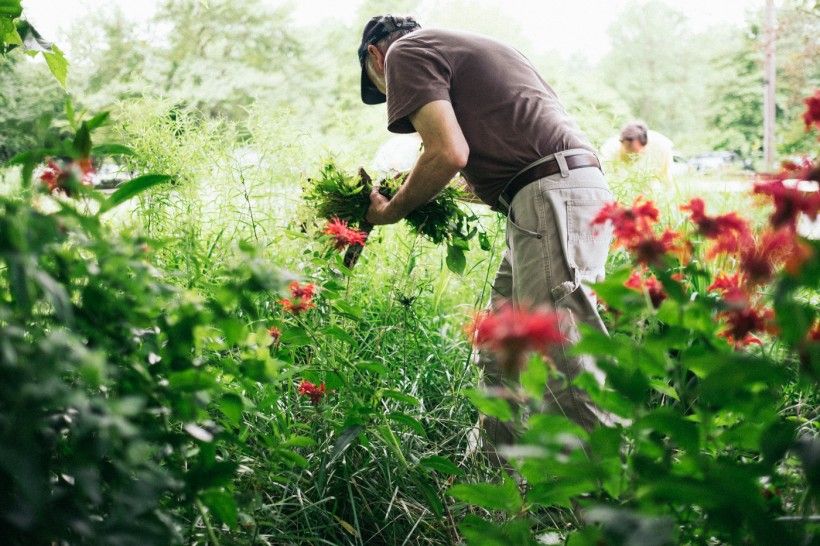
What we can do
Plant diverse wildflowers for a succession of seasons. Plant wildflowers native to your area. Aim to have at least three different species blooming at any one time. Improving the forage habitat for pollinators is something that can be done at any scale: add flowers to a vegetable patch; put containers on your balcony; create a “pocket meadow” in place of a lawn. This also helps promote climate resiliency as weather patterns may shift faster than pollinators can adapt. If you are unsure what plants are native to your area a local nursery should be able to point you in the right direction. The Brandywine Conservancy also holds a Wildflower, Seed, and Native Plant Sale annually on Mother’s Day weekend which will be May 12-13 this year (with a preview for members the afternoon of May 11) where our experienced gardeners would be happy to answer your questions.
Provide nesting and resting habitat for pollinators. The majority of wild bees nest underground; some nest in cavities. You can help ground-nesting bees by setting aside appropriate areas of bare sun-warmed loose soil. Cavity-nesting bees will appreciate hollow stems; you can even build bee “houses” by drilling holes into a block of wood. Butterflies and moths do not “nest” but many species require overwintering or pupating habitat, which you can provide simply by leaving dead standing stems and leaf litter around your garden, yard or property.
Practice prudent pesticide use. Pesticides are not formulated to kill only “unwanted” insects and other invertebrates, so they can also harm or kill pollinators. Before you apply pesticides, consider alternatives such as eliminating “pest insect” habitat (e.g. standing water for mosquitoes). If you do use pesticides, select and apply them minimally and narrowly so as to reduce risk to pollinators.
Plant and protect buffers to diversify pollinator populations around agricultural fields: hedgerows, meadows, and flowering cover crops will attract pollinators to the crops as well as to the wild flowering plants.
Support the work of land preservation and conservation organizations. Brandywine Conservancy and other organizations preserve habitat for pollinators and promote practices to help them. You can join us by becoming a member of the Brandywine Conservancy & Museum of Art, working with our staff on planning your municipality’s next development project, or by ensuring your property remains protected open space.
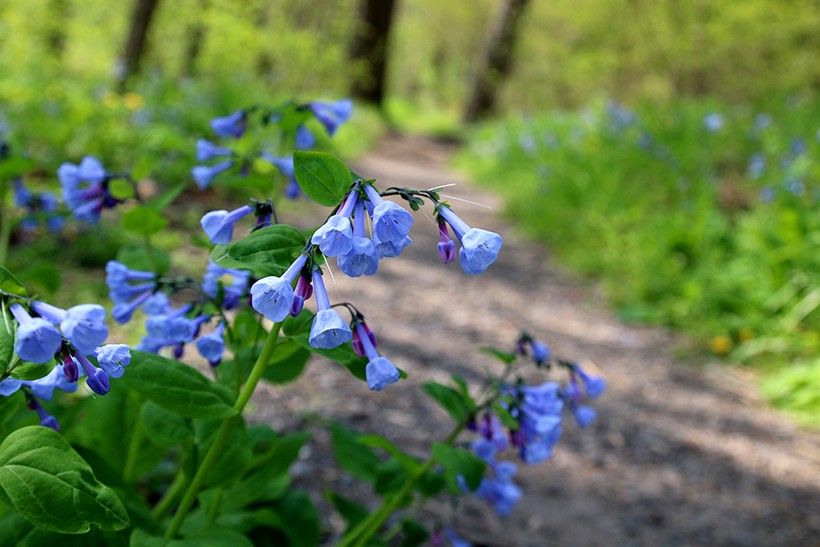
Five Spring-blooming Plants for Pollinators in the Brandywine Valley
To support pollinators—especially bees, butterflies and hummingbirds—the best thing to do is plant a succession of native blooming plants for three-season nectar and pollen sources. Help pollinators in winter by providing overwintering sites.
Here are five sample plants that will bloom in spring, beautifying your landscape and feeding pollinators:
Redbud (Cercis canadensis)
Small tree; early bloomer with pink-lavender flowers that appear before the heart-shaped leaves. Attracts native long-tongued bees, such as miner bees.
Highbush blueberry (Vaccinium corymbosum)
Deciduous shrub with May-blooming small white flowers. Attracts native bees and butterflies. Yields edible blueberries that are more concentrated in flavor than commercial varieties—and you’ll feed the birds with fruit (unless you net the plants).
Bluebell (Mertensia virginiana)
Wide green leaves, purple-blue flowers in early spring. Deer-resistant. Bumblebees are major pollinators. Naturalizes easily.
False Blue Indigo (Baptisia australis)
Purple spikes of flowers, blooms late May. Attracts bumblebees and butterflies. Drought-tolerant and deer-resistant.
Wild columbine (Aquilegia canadensis)
Red-gold blooms. Attracts hummingbirds, as well as hawk moths and bees.
You can also check out these resource guides for additional pollinator plant ideas:
- "Pollinator Plants: Mid-Atlantic Region," xerces.org/pollinator-conservation/plant-lists/pollinator-plants-mid-atlantic-region
- "Selecting Plants for Pollinators," pollinator.org/PDFs/Guides/EasternBroadleafOceanicrx20FINAL.pdf
- "Monarch Nectar Plants: Mid-Atlantic," www.nwf.org/~/media/PDFs/Garden-for-Wildlife/Xerces-NWF/15-Mid-Atlantic_Monarch_Plant_List_spread.ashx
For more information
Practical Suggestions
“Providing Wildflowers for Pollinators,” https://xerces.org/providing-wildflowers-for-pollinators/
”Planning Your Plantings for Climate Resiliency,” https://xerces.org/2017/11/10/planning-your-plantings-for-climate-resiliency/
“Nesting Habitat for Pollinators,” http://greatpollinatorproject.org/management/nesting-habitat
Delaware Pollinator Protection Plan, https://agriculture.delaware.gov/pesticide-management/pollinator-protection-plan/
Pennsylvania Pollinator Protection Plan, http://ento.psu.edu/pollinators/research/the-pennsylvania-pollinator-protection-plan-p4
Resources for further reading
“Pollinator biodiversity and why it’s important”: https://jeffollerton.wordpress.com/2017/11/11/pollinator-biodiversity-and-why-its-important-a-new-review-just-published-download-it-for-free/
“Pollinator conservation — the difference between managing for pollination services and preserving pollinator diversity” :https://www.sciencedirect.com/science/article/pii/S2214574515001650
“New analysis of how wild bee species turnover affects how bee diversity affects crop pollination”: http://icpbees.org/new-analysis-of-how-wild-bee-species-turnover-affects-how-bee-diversity-affects-crop-pollination/ ; see also “The more kinds of bees, the better for humans, study finds,” https://phys.org/news/2018-02-kinds-bees-humans.html
“Where Have All the Insects Gone?” http://www.sciencemag.org/news/2017/05/where-have-all-insects-gone
“The Decline of Pollinators”: http://www.beeculture.com/the-decline-of-pollinators/
“U.N. report warns 40% of pollinators face extinction”: https://www.futurity.org/bees-pollinators-extinction-1112572-2/
“Reversing Pollinator Decline is Key to Feeding the Future”: https://www.usda.gov/media/blog/2016/06/24/reversing-pollinator-decline-key-feeding-future
Header photo by Mark Gormel